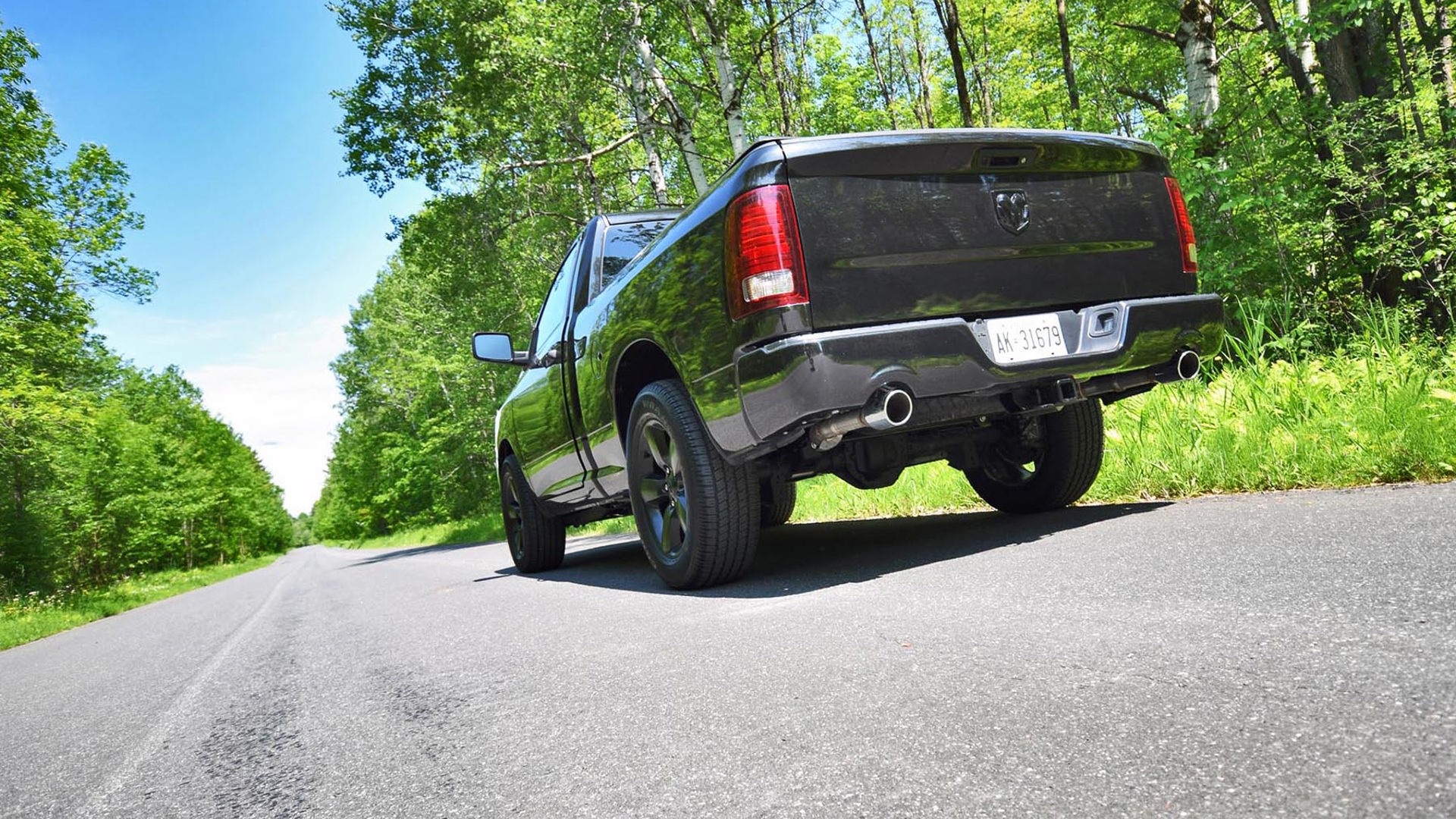You know what they say: piss-poor planning promotes really crappy family road trips. You know. The kind where your car breaks down, leaves you stranded, and causes your family to become excessively sweaty, crabby and hateful towards your stupid face.
You don’t want to face a car-load of crabby-pants offspring and an irritated spouse hissing because that family trip to Walrus World is hanging in the void because of a mechanical failure or accident, so below, we’ll give provide a simple list of common-sense preparation tips to help you stack the odds of road-trip success in your favor.
Consider Roadside Assistance
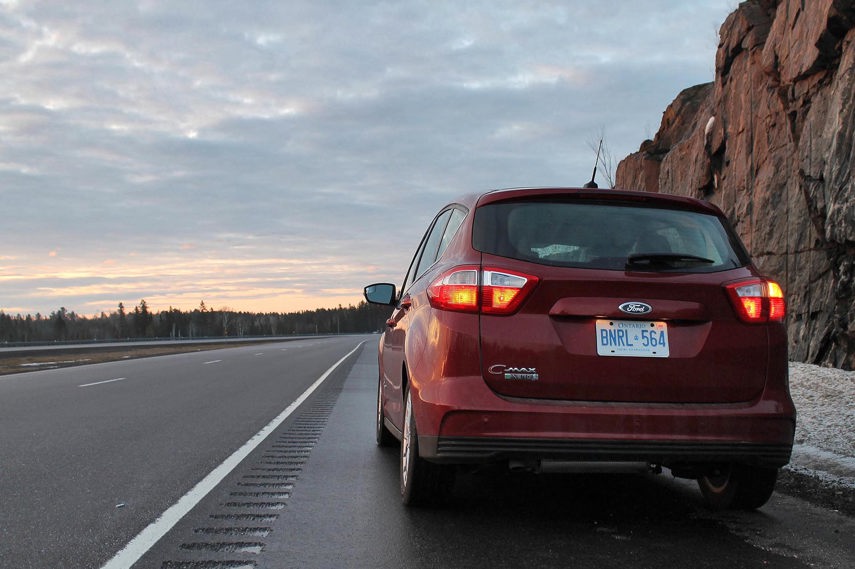
Your new vehicle includes roadside assistance coverage from the manufacturer, usually for a period of three to five years from your date of purchase. Be aware of the length of your roadside assistance coverage, confirming that it applies before heading out on a lengthy trip. If your vehicle isn’t new and no longer has roadside assistance, consider adding a package from Costco, Canadian Tire, CAA, or any other provider of roadside assistance coverage. Some even allow you to use gas station bonus points or Air Miles to pay for your membership. Many offer varying levels of coverage and associated pricing increases.
Be sure to confirm what’s covered in the event your ride needs to be towed, as some roadside assistance packages only cover the cost of short towing trips, while others cover towing for several hundred kilometres. Each provider has different packages that cover various mishaps, and exclude others. In most cases, the cost of stepping to the top-line coverage or adding another vehicle to your coverage is relatively affordable.
Here’s a compelling package: the SOS Roadside Service Single Membership Package available through Costco. For $99.99 per year, this plan includes towing up to 250 km, winching and extraction coverage, automatic coverage for members while driving a motorcycle, and even reimbursement of certain expenses incurred as a result of an accident, including emergency accommodations.
Get Yourself, and your Ride, in Tip Top Shape
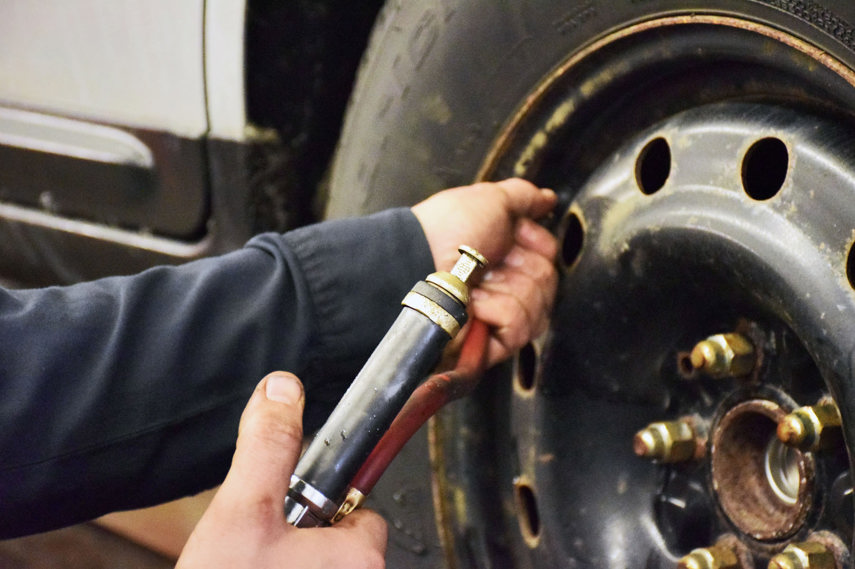
Make sure you’re in top shape for a drive. Driving requires you to be alert, prepared and well rested for any journey, be it 30 minutes to work or an 8-hour road trip. Summer is hard on your eyes, so consider investing in some driving glasses to cut back on glare and eye fatigue. Avoid heavy meals before longer trips, as they can cause drowsiness. That means no stopping at Jean Guy’s Poutinery as you head out of town.
Remember, if you’re tired or dozy, pull over and rest. Driving when you aren’t alert with your family on board isn’t worth the chance.
Make sure your vehicle is in top shape, too. Start with seeing and being seen: ensure all lights are working properly and that your headlamps are aligned. If you can’t see properly out of your car, you’re asking for trouble. Address any concerning sounds, leaks or warning lights ahead of your travels – as hot weather and running a fullyloaded vehicle can make poorly maintained parts show themselves.
Towing and Trailering
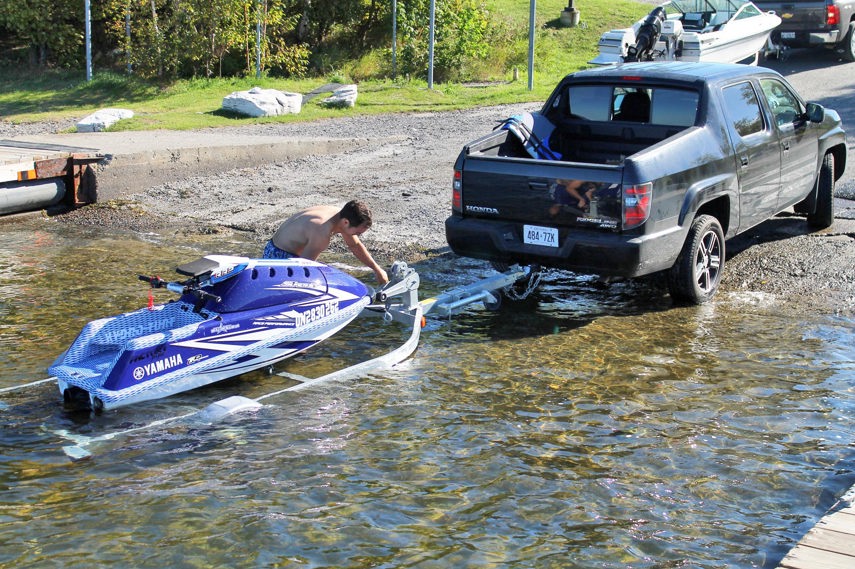
Planning to hit the highway with a trailer full of power-toys or camping supplies in tow? Re-familiarize yourself with proper trailer hook-up and mounting procedures for maximum safety. Check all bulbs, load the trailer safely, keep weights within stated safe limits, and be doubly sure all items are secured properly.
If the tarps, straps or ropes you use to cover and secure your load are looking old and frayed, be sure to replace them. They’re relatively inexpensive compared to a trailering-related accident. Finally, for maximum peace of mind, consider having your trailer inspected at a local shop ahead of summer travels, for maximum peace of mind.
For towing duty, you’ll want to be extra-sure your ride’s cooling system, transmission and brakes are all up to date with their maintenance, replacing any worn components or old fluids.
Dead Battery
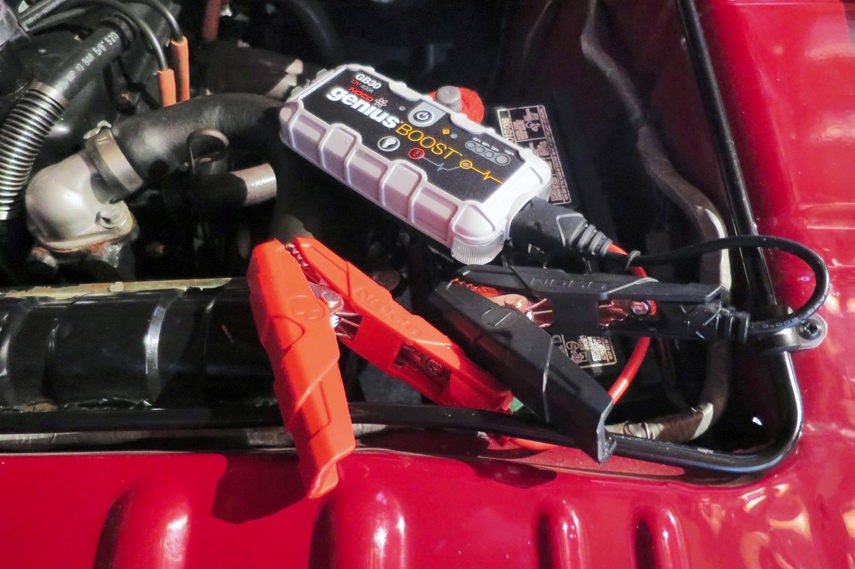
Sometimes, for no apparent reason, your vehicle’s battery can die, even if it’s in a brand new car. Whatever the reason, and especially in new vehicles, a dead battery can be a serious problem. Keep jumper cables in your ride at all times, as a bare minimum. Most vehicles have space around the spare tire area for a set, so they won’t take up any cargo space. Learn how to use the booster cables, and familiarize yourself with the boosting procedure for your specific ride.
Note that plenty of new-car models with shift-by-wire style transmissions won’t allow the vehicle to be put in neutral if the battery dies, so an extra long set of cables is key, as you may not be able to push your ride around for easy hookup to a donor battery. Alternatively, consider investing in a mobile booster pack like the Cyntur Jumper Pack Mini, Noco Genius Boost GB30or a comparable portable booster for starting a car with a dead battery.
Two other notes. First, if your ride seems tricky to start or has been demonstrating signs of battery trouble, ensure you have it inspected and addressed ahead of your trip. Second, if you boost a dead battery, be sure to let the engine run a good while before turning it off, and wait until you’re in a safe area to do so, in case it won’t start again. If your battery is totally drained, plan to drive, or run the engine, at least 30 minutes to bring its charge back up.
